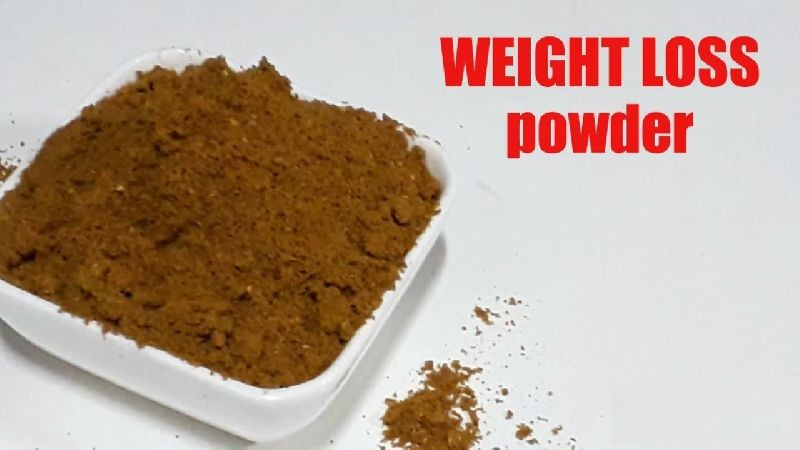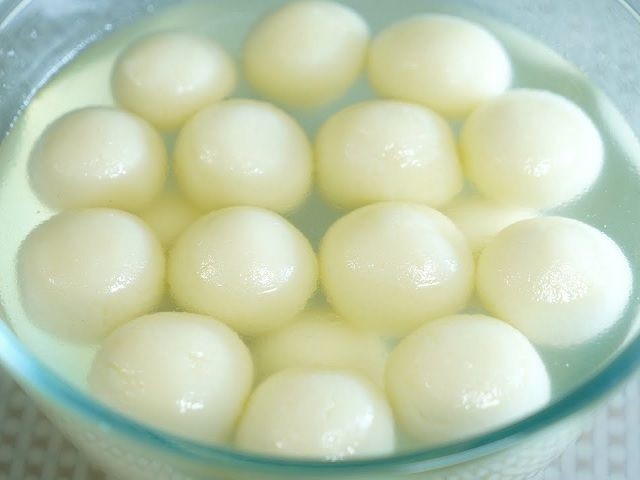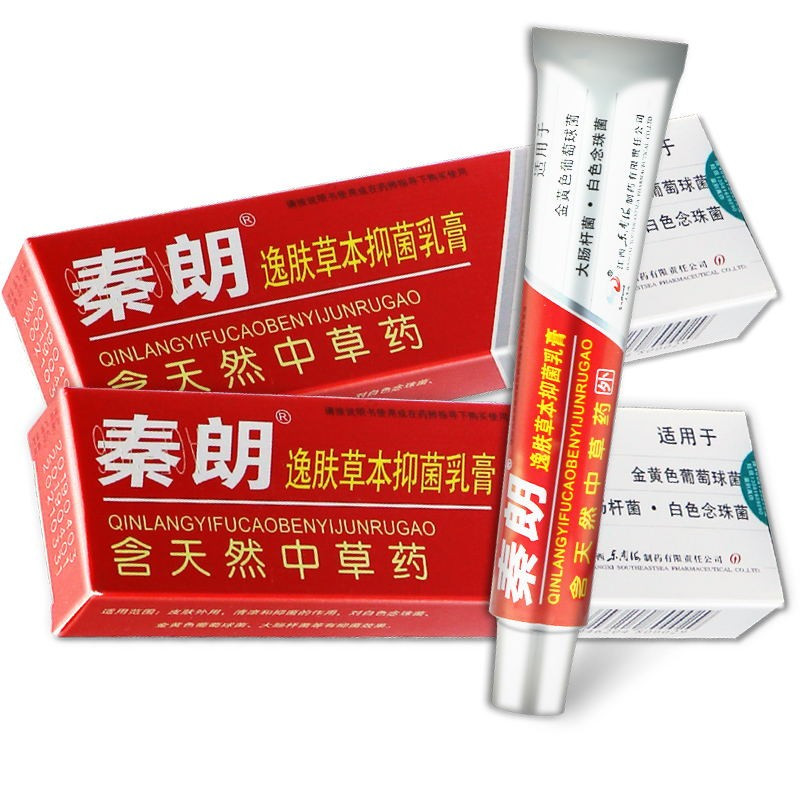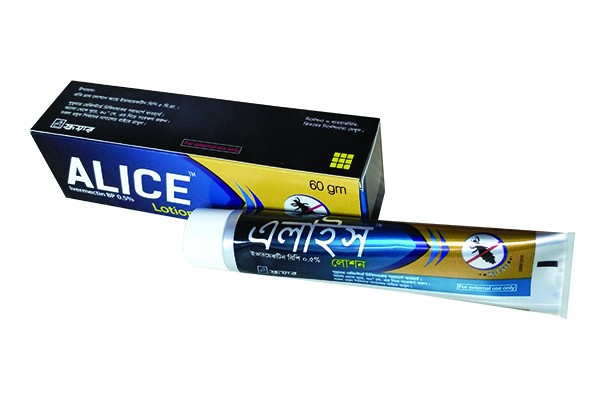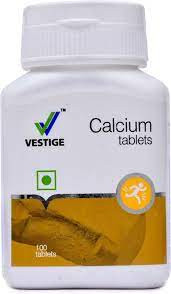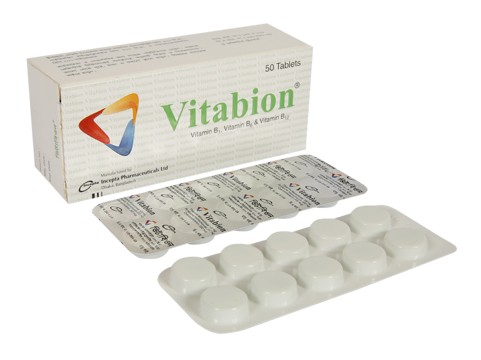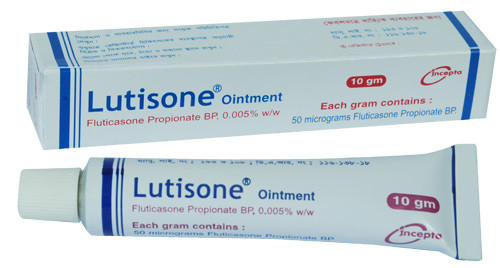

Lutisone Ointment 0.01%
Inhouse product
-
৳1,030.00
৳1,550.00 -
৳10.00
৳12.00 -
৳280.00
৳500.00 -
৳127.00
৳132.00 -
৳900.00
৳1,300.00 -
৳112.00
৳120.00
Reviews & Ratings
Generic
Fluticasone Propionate
Indications
Fluticasone Propionate is used to treat inflammatory and pruritic symptoms associated with corticosteroid-responsive eczema and dermatitis.
Pharmacology
Fluticasone propionate could be a glucocorticoid with tall topical anti-inflammatorypotency, but a moo HPA-axis suppressive activity after dermal organization. It, in this manner, includes a therapeutic record which is more prominent than most of the commonly accessible steroids. Fluticasone propionate incorporates a tall degree of selectivity for the glucocorticoid receptor. In vitro thinks about appear that fluticasone propionate incorporates a solid partiality for, and agonist movement at, human glucocorticoid receptors. This receptor is accepted to be dependable for the anti-inflammatory properties of glucocorticoids. Fluticasone propionate has frail fondness forthe progesterone receptor, andvirtually no partiality for the mineralocorticoid, estrogen, or androgen receptors. The restorative power of glucocorticoids is related to the half-life of the glucocorticoid-receptor complex. The half-life of the Fluticasone propionate glucocorticoid-receptor complex is roughly 10 hours.
Dosage & Administration
Cream: Apply a thin layer of Fluticasone propionate cream to the affected skin areas once daily.
Ointment: Apply a thin layer of Fluticasone propionate Ointment to the affected skin areas twice daily.
Contraindications
Rosacea, Acne vulgaris, Perioral dermatitis, Primary cutaneous viral infections (e.g., Herpes simplex, chicken pox), Hypersensitivity to any of the ingredients, Perianal and genital pruritus, and other conditions are contraindicated with fluticasone propionate. Fluticasone propionate is not recommended for the treatment of infectious skin lesions caused by fungi or bacteria, as well as dermatoses in children under the age of one year, such as dermatitis and napkin eruptions.
Side Effects
Local burning and pruritus have been recorded with fluticasone propionate formulations, but they are normally well tolerated. If hypersensitivity symptoms emerge, discontinue using the product right away. Local atrophic changes in the skin, such as thinning, striae, dilatation of the superficial blood vessels, hypertrichosis, and hypopigmentation, may occur after prolonged and extensive usage of powerful corticosteroid formulations.
Corticosteroid use has also been linked to secondary infection, particularly when occlusive bandages are utilized or when skin folds are implicated, as well as allergic contact dermatitis. Corticosteroids have been linked to an increase in the signs and symptoms of dermatoses.
Long-term usage of large doses of corticosteroids, or treatment of vast areas, can result in enough systemic absorption to cause hypercorticism's symptoms. If occlusive dressings are used, this result is more likely to occur in infants and children. The napkin may act as an occlusive dressing in babies.
Pregnancy & Lactation
Fluticasone propionate should only be considered during pregnancy if the estimated benefit to the mother outweighs any potential harm to the fetus. Fluticasone propionate excretion into human breast milk has not been studied. Patients' plasma levels of fluticasone propionate following dermal application at indicated doses are expected to be modest. The therapeutic benefits of fluticasone propionate in breastfeeding mothers must be evaluated against the potential risks to the mother and baby.
Precautions & Warnings
Fluticasone propionate contains a exceptionally moo penchant for systemic assimilation, all things considered, drawn out application of tall dosages to huge ranges of the body surface, particularly in newborn children and little children might lead to adrenal concealment. Children may retain relatively bigger sums of topical corticosteroids and hence be more vulnerable to systemic poisonous quality. The confront, more than other regions of the body, may show atropic changes after drawn out treatment with strong topical corticosteroids. This must be borne in intellect when treating extreme dermatitis. Suitable antimicrobial treatment ought to be utilized at whatever point treating incendiary injuries which have ended up contaminated. Any spread of disease requires withdrawal of topical corticosteroid treatment and systemic organization of antimicrobial specialists. Bacterial contamination is energized by the warm, wet conditions initiated by occlusive dressing, and so the skin ought to be cleansed some time recently a new dressing is applied.
Therapeutic Class
Fluticasone & combined preparations topical
Frequently Bought Products
-
৳1,030.00
৳1,550.00 -
৳10.00
৳12.00 -
৳280.00
৳500.00 -
৳127.00
৳132.00 -
৳900.00
৳1,300.00 -
৳112.00
৳120.00
Online Shopping Bangladesh : MShopBD-Majumder Shop
MShopBD-Majumder Shop Online Shopping in Bangladesh is the Best Shopping store within 10000+ products cash on delivery in dhaka, Khulna, ctg & all over Bangladesh with COD-cash on delivery (Only Shipping Cost Advance ) under by www.esdp.gov.bd (bangladesh.gov.bd ) Home Delivery all Over Bangladesh different location and shop as like as Multivendor Online Sites in BD.
Thank you for choosing MShopBD - Majumder Shop!
